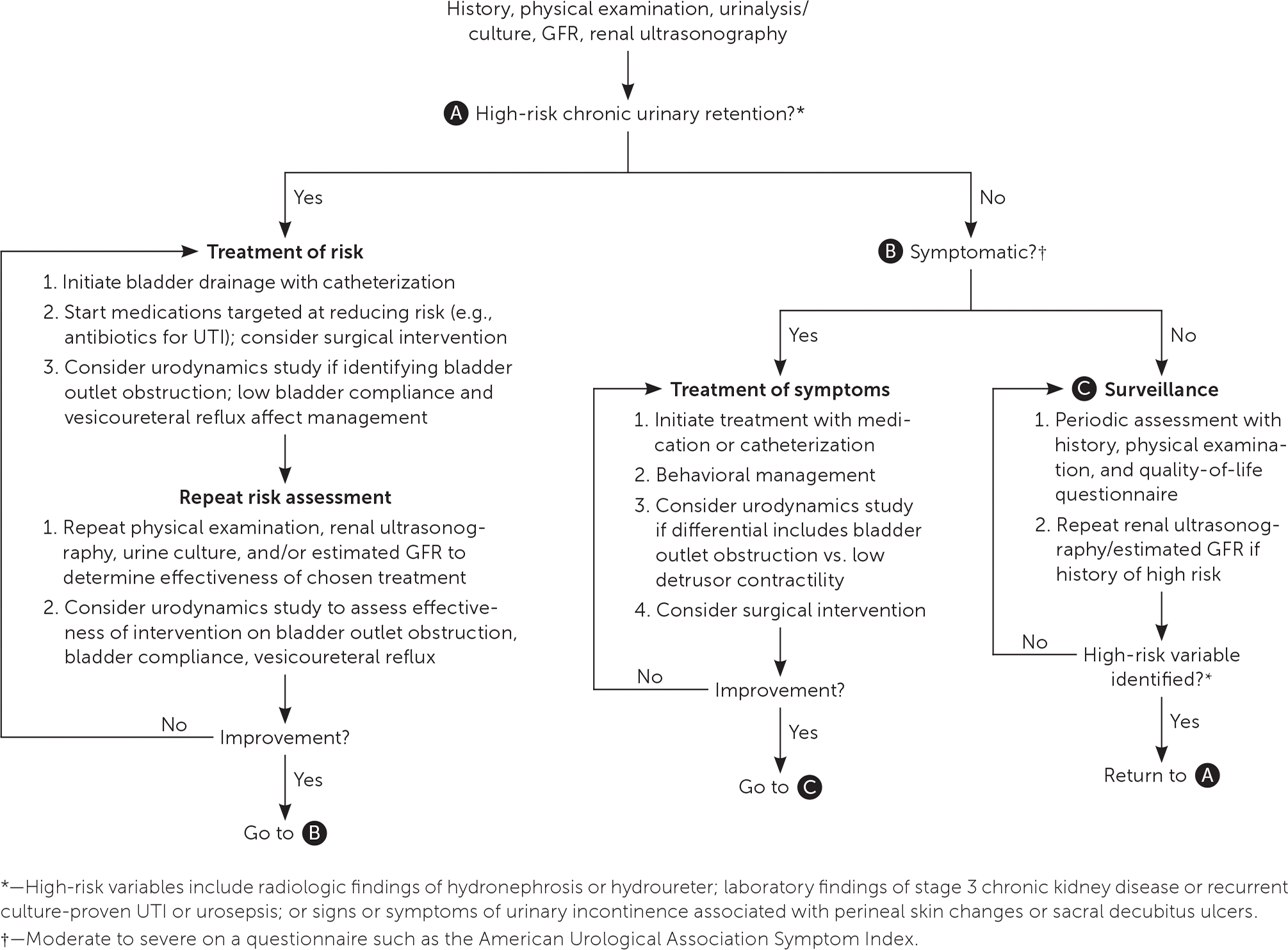
September 7, 2024
Postpartum Urinary System Incontinence
Childbirth & Incontinence Urogynecology & Pelvic Health And Wellness The postpartum period begins not long after the child's distribution generally lasts 6 to 8 weeks, and ends when the mommy's body has nearly returned to its pre-pregnant state. The postpartum period is very important for both temporary and long-lasting health and wellness and wellness for a woman and her newborn. This activity needs to aid the interprofessional team supply comprehensive postpartum care for the brand-new mommy. If you're having problems throughout your postpartum recovery, don't be afraid to contact your healthcare provider any time. And don't hold back on sharing your sensations with your companion, or reaching out to friend and family members for aid with the baby. Your physical and emotional wellness is essential, so ensure to provide yourself a break when you require it one of the most.When To Seek Advice From A Medical Professional?
- If you're not nursing, your periods may resume in between 6 and 8 weeks after your child's birth.
- This laceration, called (midline) episiotomy, is supposed to avoid subordinate tearing of the vagina or anus as the infant supplies.
- Chuckling, coughing, sneezing, jumping and various other tasks can put additional pressure on the bladder sphincter, the muscular valve at the bottom of the bladder that manages pee circulation.
- This is the stage when the uterus is returning to its previous state; thus, it is typical to feel this pain.
Baby Growth Graph
Consider letting some minimal tasks glide to make sure that you can utilize the time to concentrate on what's truly vital now. Often the reason for a pregnancy-related death is not known. Childbirth brings the gift of a lovely new relative, however additionally leaves behind some not-so-fun tips of the process that was pushing an entire human out of you. You may such as to take pain-relief medication if it's recommended by your healthcare provider. After giving birth, speak to your health care expert concerning your risk of a pregnancy-related difficulty. Your danger may be higher if you had an issue while pregnant such as gestational diabetes mellitus or high blood pressure. The pelvic flooring muscles are simplest to palpate at the 5 o'clock and 7 o'clock placements-- regarding despite having where your legs meet your hips and around 3 to 4 centimeters over the vaginal opening. I desire every lady to recognize that no amount of urinary system incontinence requires to be endured. With numerous therapy choices readily available, postpartum urinary incontinence does not need to be a part of daily life after giving birth.How can I reinforce my bladder after giving birth?
What causes postpartum incontinence? Sometimes urinary incontinence is a temporary problem that will go away when the cause ends. This is frequently the case when you have a condition like an urinary tract infection(UTI). As soon as treated, constant peeing and leak issues triggered by
' You Feel So Sexless And Filthy': The Ladies Coping With Incontinence After Giving Birth
The discomfort and concerns usually disappear within weeks of maternity. Given that there is pee leakage and bleeding, women are made to wear mesh underclothing with big health center pads after delivery. Few females prefer these underwears and thick pads, so loading this crucial is required. New moms require to put on complete insurance coverage pads and girls diapers to manage their urinary incontinence. To help you really feel more secure, we've assembled this guide on what to anticipate of post-pregnancy urinary system incontinence, and just how you can treat it.What causes urinary incontinence? Maternity can transform the urinary control abilities for one-third to one-half of women that have given birth, so if you're dealing with pee dripping after that you're certainly not the only one. When a lady is expectant, the growing infant and broadening uterus place a great deal of pressure on the bladder. However, once the child is born, some women are amazed to uncover that they are still battling with urinary incontinence. However, not all healthcare suppliers make such suggestions. Or they could recommend executing Kegels, however they don't show patients how to do them appropriately. There's a great deal going on in the pelvic region while pregnant, and lots of females don't recognize exactly how to situate or engage their pelvic floor muscular tissues. Much to everybody's surprise, episiotomy may actually cause, not prevent, pelvic prolapse and urinary incontinence, exactly what it was supposed to help prevent. Puncturing the genital skin weakens this area and enhances the chance that the skin will tear further down, perhaps tearing into the anal muscular tissue directly listed below the vaginal canal. If the skin stretches normally, it is much less most likely to divide apart, and if it does tear, the tear is most likely to be shorter. Greater than 60% of pregnancy-related deaths are believed to be preventable. Expect any kind of skin that obtained darker while pregnant, such as dark spots on your face, to fade slowly as well. If you're not breastfeeding, use a bra that sustains your busts, such as a sporting activities bra. Painkiller readily available without a prescription likewise can be helpful.Social Links